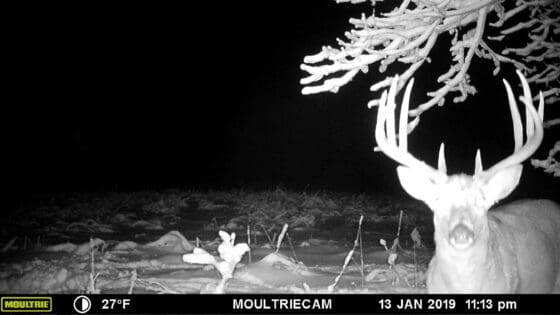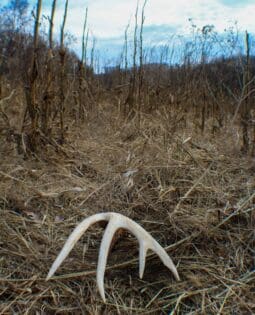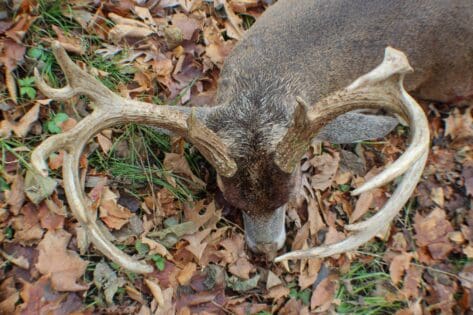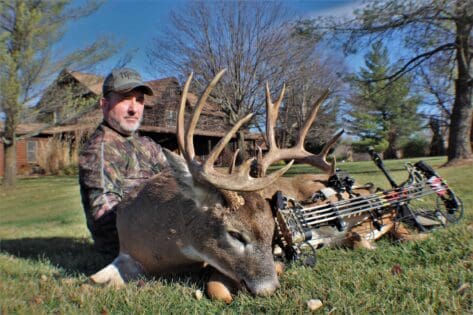Analyzing A New Deer Hunting Lease
Access to a new deer hunting lease or hunting property is always an exciting experience whether it be 20 acres or 500 acres, you probably day dream about what caliber of bucks waiting to be hunted. I’ve compiled a short list of tips you can utilize to help get started on a new deer hunting property. 
• Map It Out
First thing I like to do is get a topographic map of the property and determine property boundaries and access roads. Google earth is probably the most practical and easy to operate topographic mapping system. One can contact the local assessor’s office for parcel maps or go on the counties website to access parcel maps if available (not all counties provide parcel maps online). Once you have determined property boundaries and determined access routes to get onto the farm, look for areas of the terrain that will funnel deer movement. Spots like ridge lines, pinch points, creek bends, draws, hog backs, thickets, ext. These are the first places I like to scout when getting access to a new deer lease.
• Stand access- How You’re Going to Affect the Property Each Time You Hunt
Access should be one of the first things you consider while looking at a new deer lease. Ideally you should be able to access the property from multiple directions. Consider the prevailing winds and what time of year you’ll be hunting the property and what the deer will be feeding on that time of year.
• Food Sources -Identify Food Sources in the Surrounding Area
Food obviously plays a major role in how you approach hunting a property. Take note of all major food sources not only on your property but the surrounding areas. This will help you strategize a game plan. A small parcel I hunt in Indiana of only 30 acres lays right next to a 10 acres of open pasture that’s typically bailed 3 or 4 times a year. Although pastures of this sort are not typically thought of as a quality deer food source, the pasture happens to be in an oasis of row crop fields. Supporting some of the only clover and alfalfa around, and the deer readily take advantage of it. These are the type of scenarios you need to be on the lookout for. Quality cover in open farmlands, or a high quality food source in big timbered areas.
• Establishing a Deer Sanctuary
Next it’s important to define a permanent deer sanctuary. Ideally this should be centrally located inside your farm, or depending on adjacent land terrain, where neighboring hunters would least likely be able to put pressure on your deer herd. A thicket adjacent to rivers, steep ravine drop-offs, or anywhere that is a hard to reach area for other hunters is ideal. If you can pick an area that’s off limits in the middle of your farm, for instance a thick wooded draw surrounded by CRP, than you can hunt deer going in and out of the sanctuary rather than hunting the draw itself, bumping deer on the way in or out and leaving scent behind is never a good thing.
• Deer Hunting Strategy
This can be one of the most challenging concepts of how you hunt a new piece of property. Determining when you will be able to hunt it and what the deer will be doing that time of year is challenging, especially the first year you hunt a property. I believe it’s best to wait to hunt your best spots on the property until late October or early November. Hunting observation stands before then and getting a feel for overall deer movement without applying to much pressure will probably be your best shot at harvesting a mature buck.
Whitetail Guide
Zach Jumps
Last Updated: February 25th, 2019





Do you know of land to lease in Knox county or part of Monmouth We cant afford $3,000 Any shy of 80 acres would be fine we just lost our hunting grounds because of the expense We shotgun and bow Mainly my husband has been hunting the last few yrs Looking for something within driving disdtance
Hello Pat, no we do not offer any sub-leasing. Thank you!